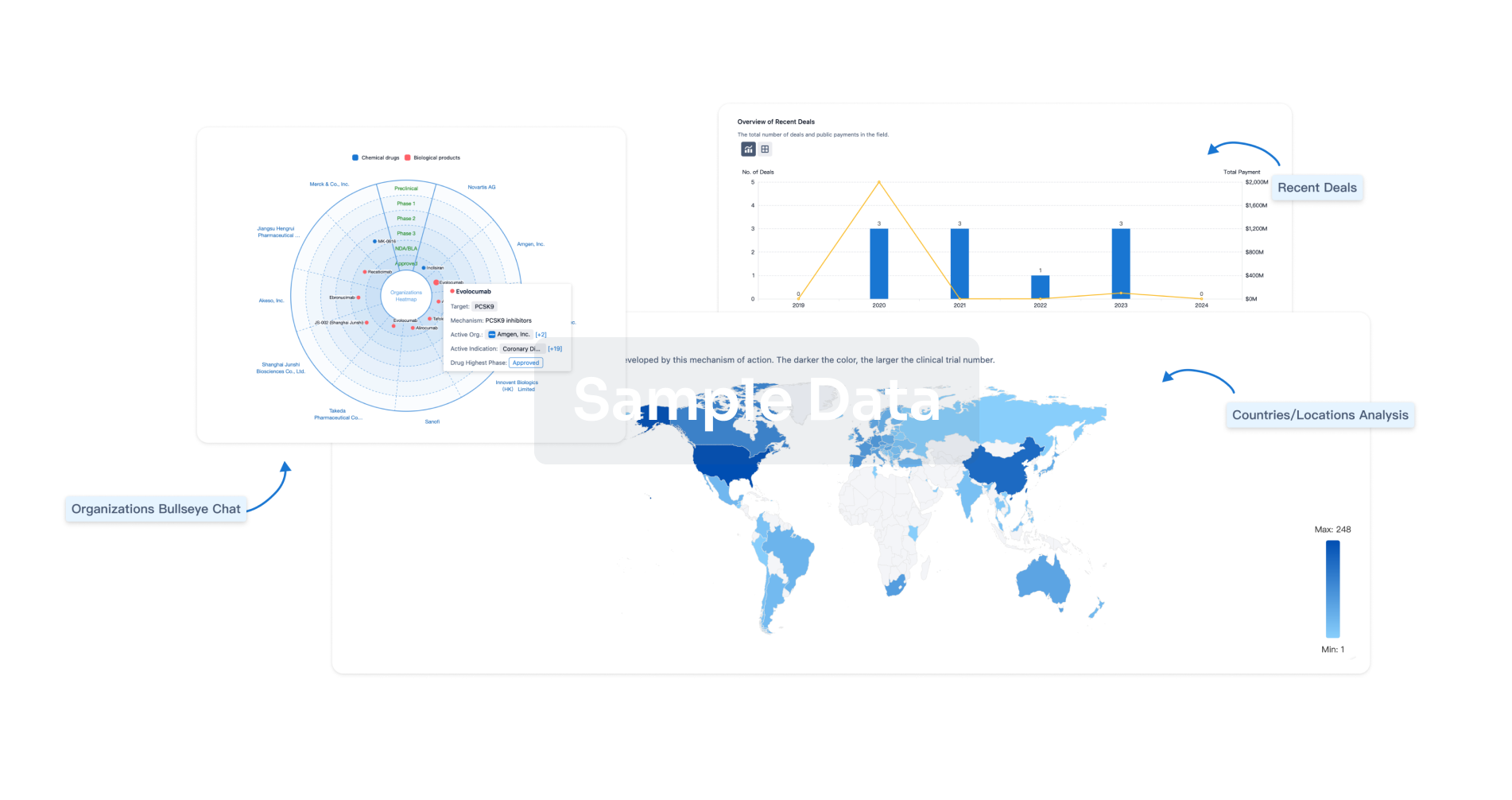Request Demo
Last update 08 May 2025
TBXA2R x APP
Last update 08 May 2025
Related
1
Drugs associated with TBXA2R x APPTarget |
Mechanism APP inhibitors [+1] |
Active Org.- |
Originator Org. |
Active Indication- |
Inactive Indication |
Drug Highest PhasePending |
First Approval Ctry. / Loc.- |
First Approval Date20 Jan 1800 |
100 Clinical Results associated with TBXA2R x APP
Login to view more data
100 Translational Medicine associated with TBXA2R x APP
Login to view more data
0 Patents (Medical) associated with TBXA2R x APP
Login to view more data
3
Literatures (Medical) associated with TBXA2R x APP30 Apr 2008·The Journal of NeuroscienceQ1 · MEDICINE
Thromboxane Receptor Activation Mediates Isoprostane-Induced Increases in Amyloid Pathology in Tg2576 Mice
Q1 · MEDICINE
Article
Author: Leight, Susan N. ; Lee, Virginia M.-Y. ; Zhang, Bin ; Shineman, Diana W. ; Pratico, Domenico
01 Aug 2004·Neurobiology of DiseaseQ2 · MEDICINE
Amyloid β protein impairs motor function via thromboxane A2 in the rat striatum
Q2 · MEDICINE
Article
Author: Sakaguchi, Gaku ; Ishibashi, Chiyomi ; Itoh, Naohiro ; Okamura, Noboru ; Takahara, Yukio ; Katsuura, Goro ; Arimura, Akinori ; Ueda, Keiichi ; Yagami, Tatsurou ; Nakazato, Hitoshi ; Hiramatsu, Yoshiharu ; Sakaeda, Toshiyuki ; Honma, Tsunetoshi
Scientific ReportsQ3 · CROSS-FIELD
Inflammatory Eicosanoids Increase Amyloid Precursor Protein Expression via Activation of Multiple Neuronal Receptors
Q3 · CROSS-FIELD
ArticleOA
Author: James, Michael ; Herbst-Robinson, Katie J ; Brunden, Kurt R ; Liu, Li ; Xie, Sharon X ; Yao, Yuemang
Analysis
Perform a panoramic analysis of this field.
login
or

AI Agents Built for Biopharma Breakthroughs
Accelerate discovery. Empower decisions. Transform outcomes.
Get started for free today!
Accelerate Strategic R&D decision making with Synapse, PatSnap’s AI-powered Connected Innovation Intelligence Platform Built for Life Sciences Professionals.
Start your data trial now!
Synapse data is also accessible to external entities via APIs or data packages. Empower better decisions with the latest in pharmaceutical intelligence.
Bio
Bio Sequences Search & Analysis
Sign up for free
Chemical
Chemical Structures Search & Analysis
Sign up for free
